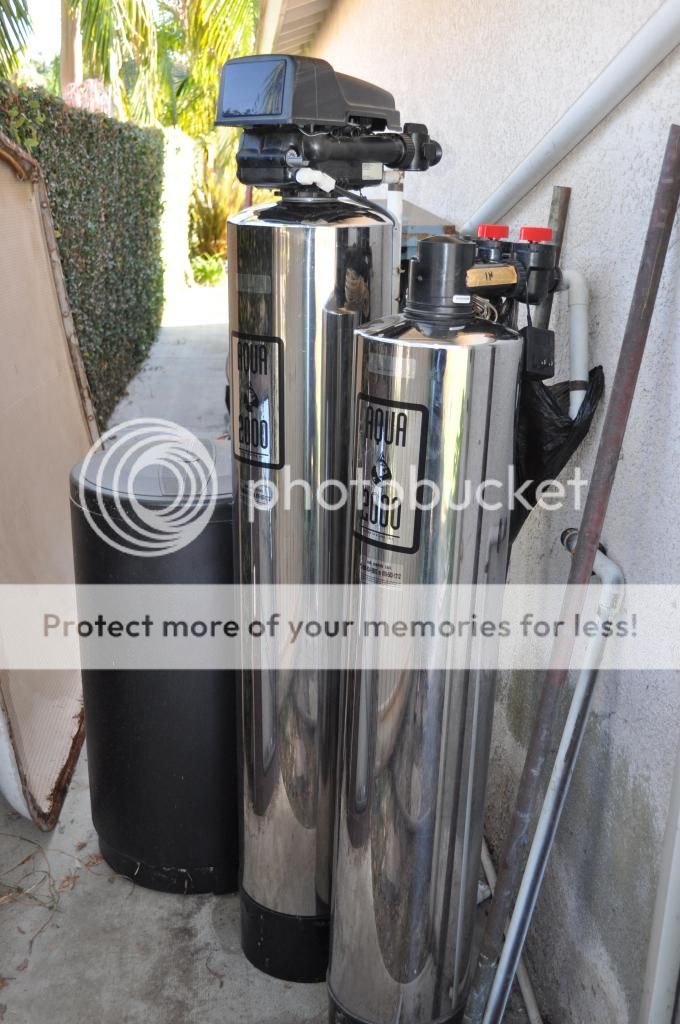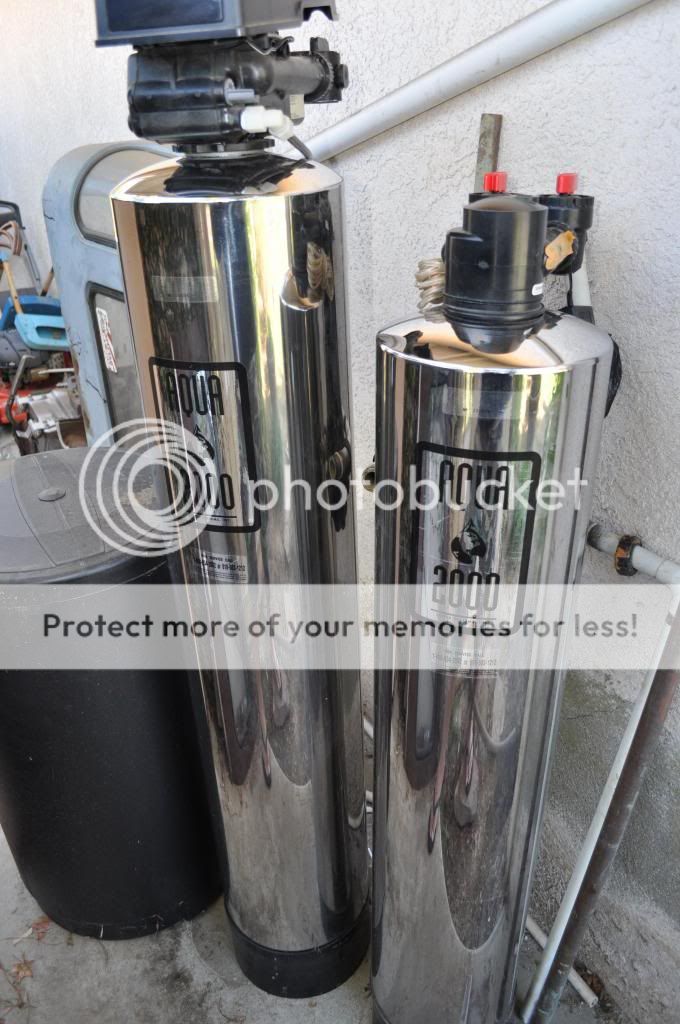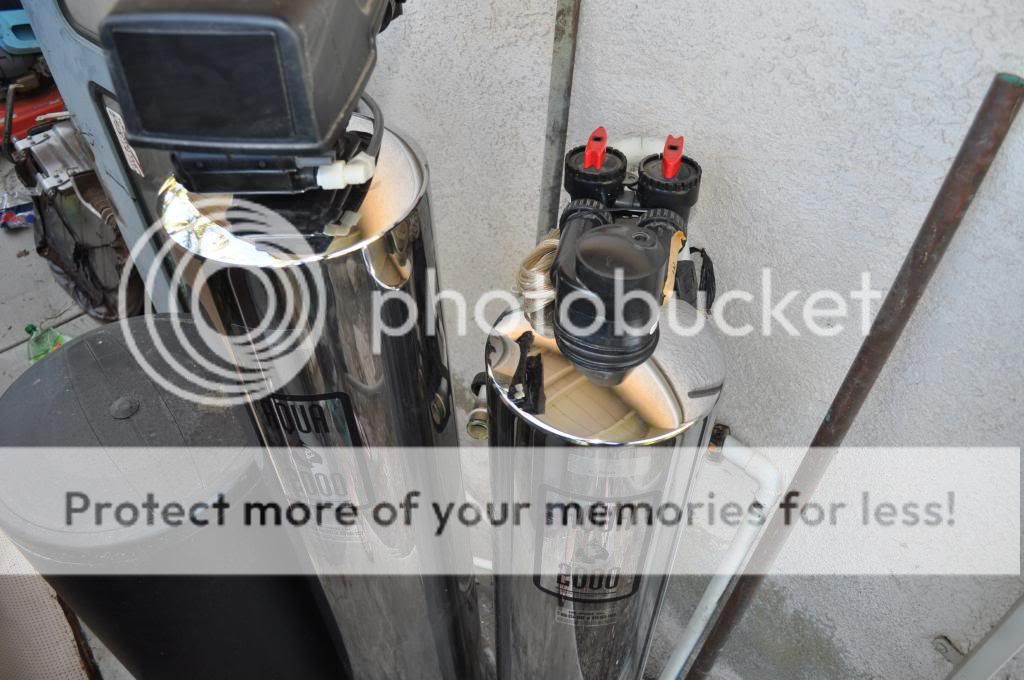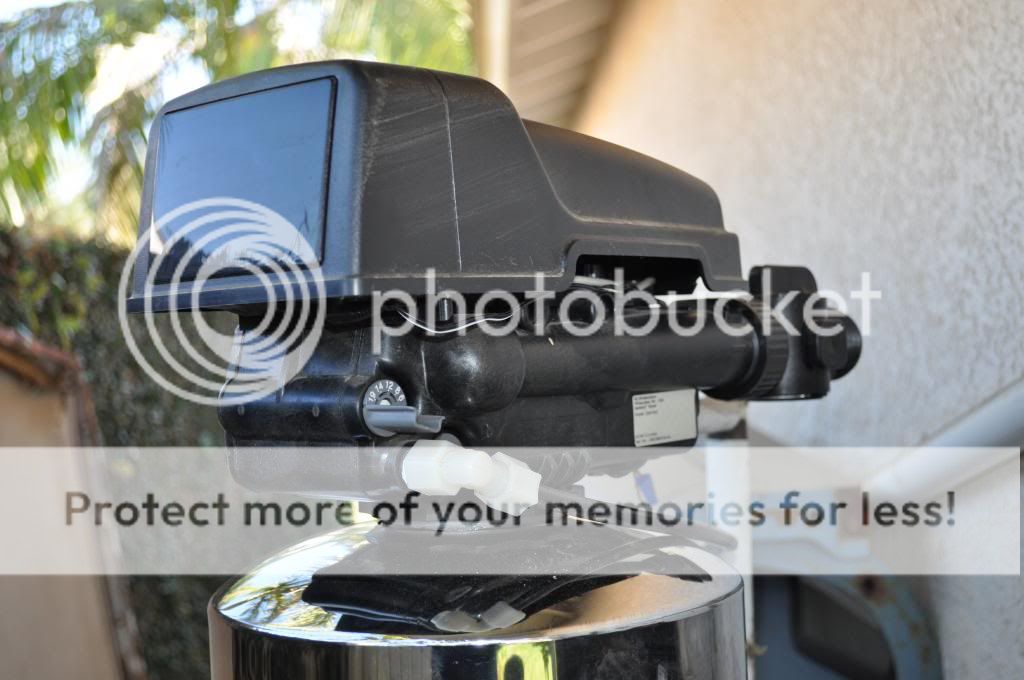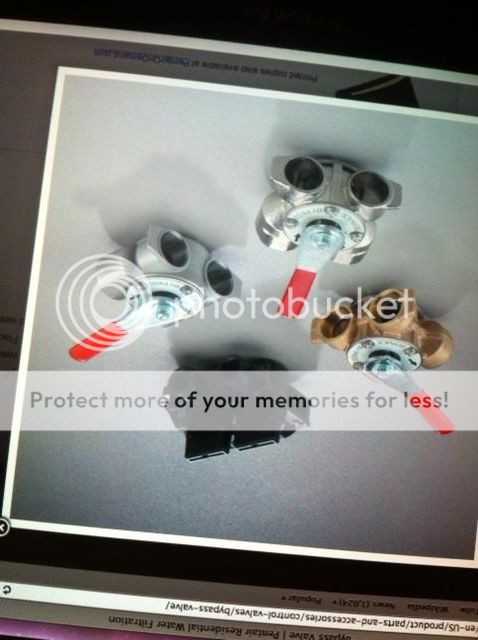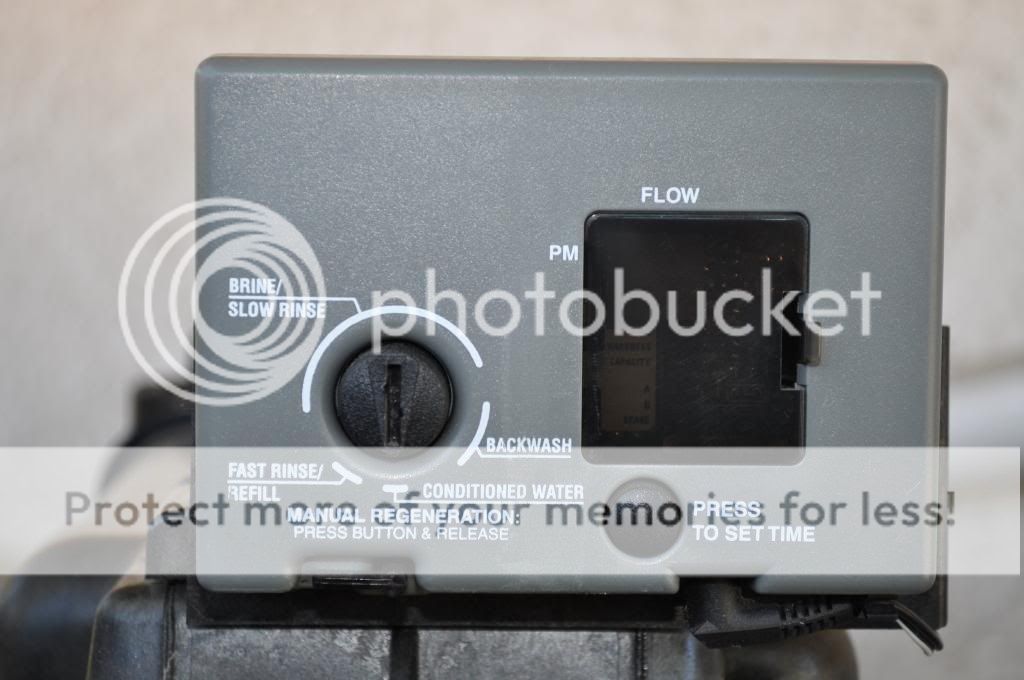Marcelo73
New Member
First off Hello to all from Los Angeles CA. I have been browsing the threads and found a ton of useful information for my newly acquired water softener system install. A buddy of mine lost his home but prior to that offered up his 3 year old water softener system. I went ahead and took photos of it installed hacked away at pipes and re-sweated.
Now comes the fun part , the install. Ive got almost all the parts needed to get the install completed, I project about 5-6 hours by myself with no help or major hicups, but who knows with little ones it may very well be a week long project. I know how these devices work but am no expert by any means and contacted a local water softener company to get a quote on a service as my buddy said it was up for service. The representative came out and did his spiel to try and sell me a new system which I politely thanked and refused. He quoted his company could do the service and start up of this system for $380.00. This seems a bit high for what is done, or is this a reasonable price?
[/B]The only question I have on the install is the use of bypass valves. I see there are valves on the inlet tank but would these suffice? I've read about the stagnant water which can build up when using certain types of configurations with the ball valves, such as when they are used in an H configuration? Ive seen some by-pass valves which if I can locate locally I will utilize. [/B]
I have posted photos of my bling bling system and brine tank, along with the by-pass valve I would like to use. It will be placed outdoor under a 3' 1/2'' overhang which should protect it rather well against the elements and the 12" of rain we get a winter here.
Im having trouble uploading photos, I will try something else on a follow-up post to this thread.
Thank you all, any suggestions or ideas are always appreciated to make this install and restart as smooth as possible.
Now comes the fun part , the install. Ive got almost all the parts needed to get the install completed, I project about 5-6 hours by myself with no help or major hicups, but who knows with little ones it may very well be a week long project. I know how these devices work but am no expert by any means and contacted a local water softener company to get a quote on a service as my buddy said it was up for service. The representative came out and did his spiel to try and sell me a new system which I politely thanked and refused. He quoted his company could do the service and start up of this system for $380.00. This seems a bit high for what is done, or is this a reasonable price?
[/B]The only question I have on the install is the use of bypass valves. I see there are valves on the inlet tank but would these suffice? I've read about the stagnant water which can build up when using certain types of configurations with the ball valves, such as when they are used in an H configuration? Ive seen some by-pass valves which if I can locate locally I will utilize. [/B]
I have posted photos of my bling bling system and brine tank, along with the by-pass valve I would like to use. It will be placed outdoor under a 3' 1/2'' overhang which should protect it rather well against the elements and the 12" of rain we get a winter here.
Im having trouble uploading photos, I will try something else on a follow-up post to this thread.
Thank you all, any suggestions or ideas are always appreciated to make this install and restart as smooth as possible.
Last edited:

